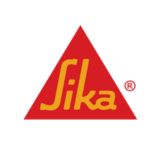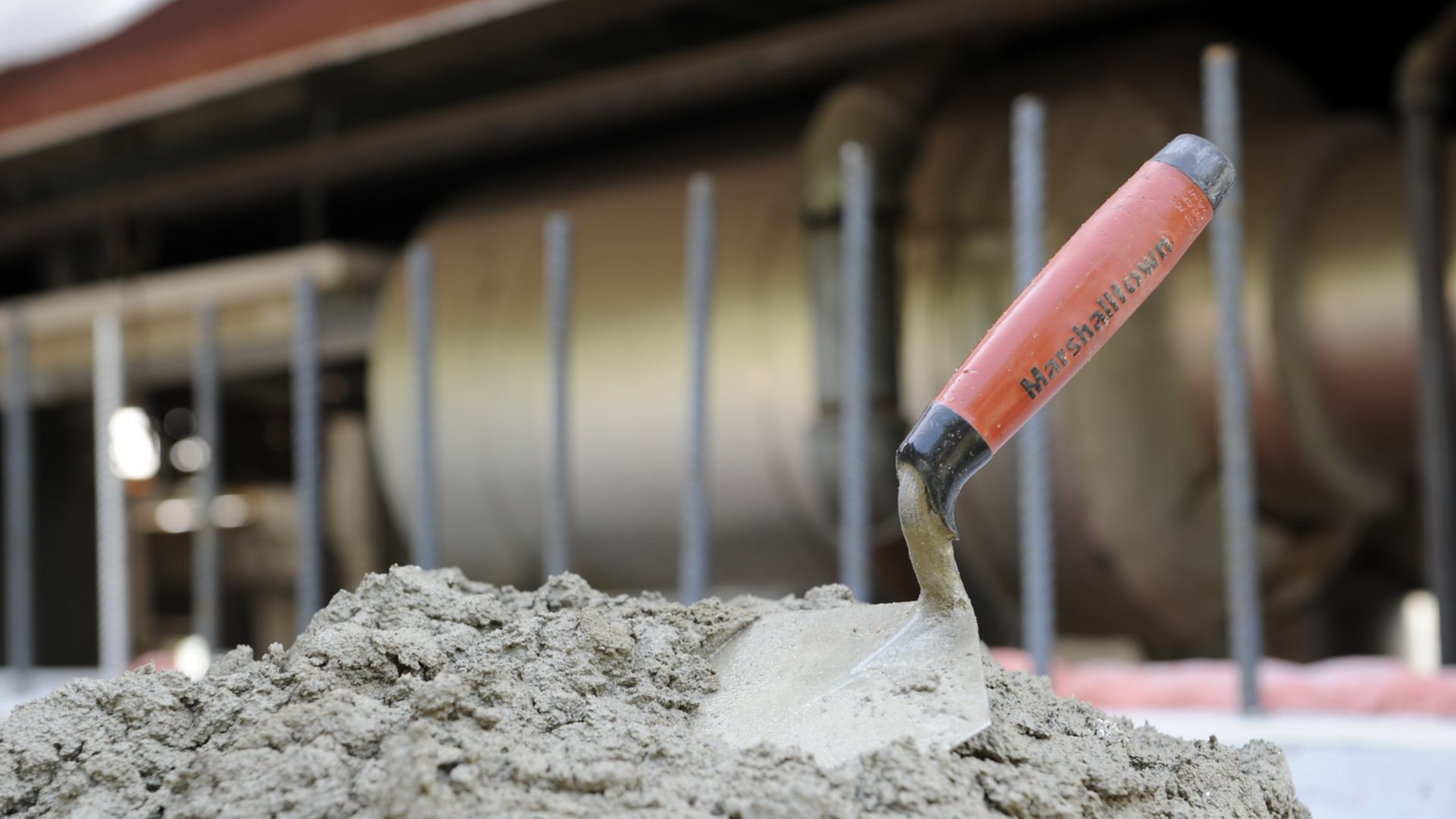INFLUENCE OF WATER-BINDING MATERIALS RATIO ON MASONRY MORTAR
The water-binding materials ratio is the parameter with the greatest influence on the properties of cement-type materials such as masonry mortar. It is used for most of the hydraulic masonry binders, including Portland Cement, natural cement or hydraulic lime. This ratio represents the weight of the mixing water compared to the weight of the binder in a given mixture. This ratio significantly influences several factors, such as how much the mixture can be manipulated when it is freshly mixed and what properties it has after hardening (for example, compressive strength, degree of expansion/contraction, and life/sustainability of the finished work).
Mortar with hydraulic binders hardens by means of a chemical reaction (hydration) between the binder particles and water. Theoretically, around 0.25 kilogram of water per kilogram of hydraulic binder is required to ensure hydration of the particles. This represents a water-to-cement ratio of 1:4 or 0.25. Mortar mixed with a ratio of 0.25, however, will not have the degree of manipulation required to erect masonry units. To achieve this, additional water must be added. In fact, a water binding materials ratio in excess of 0.75 is often used in conjunction with masonry units.
In such cases, the additional water not used during the hydration of particles will evaporate and, in so doing, generate a greater porosity which will ultimately lower the mortar’s compressive strength. Inversely, a lower water-binding materials ratio will lower the porosity and bring about a higher compressive strength.
This, however, will negatively influence how well the mortar can be manipulated and could affect its adhesion to the masonry unit. To recap, the more water you add to a volume of mortar, the lower its compressive strength will be, and the less water you add, the higher this resistance will be.
Laboratory vs. Job-Site
The results reported on manufacturers’ Technical Data Sheets are always associated with a certain volume of water. For masonry data, this volume or quantity is directly expressed as a range. For mortar, the CAN/ CSA-A179 standard stipulates that the range as measured in the laboratory should fall between 110% and 115%, but that for job-sites, this same range should be between 130% and 150%.
The discrepancy is explained by the fact that in a laboratory setting, the degree to which mortar can be manipulated need not be considered and the cubes used for tests have a 0% absorption rate. On a job-site, the extent to which mortar can be manipulated is critical and masonry unit absorption rates vary. While performing their work, masons may choose to modify the amount of water prescribed in a product’s Technical Data Sheet. Possible reasons for such a change could include the masonry unit absorption rate, the ambient temperature, the wind and the masonry unit weight.
As outlined, modifying the quantity of water (or the range) will bring about a change in the mortar’s compressive strength. Bearing in mind the numerous possible variations, the CAN/CSA-A179 standard always refers to a mortar’s minimum compressive strength when its acceptance is contingent on these properties.
Hence, a Type N Mortar will have a minimum compressive strength at the job-site of 3.5 MPa at 28 days, while the minimum compressive strength at the job-site of a Type S Mortar will be 8.5 MPa at 28 days.
Two Key Points to Remember
■ Knowing the water-binding materials ratio of the prepared mortar is essential to properly interpreting the results obtained from job-sites tests.
■ The analysis of the results should also consider the absorption rate of the erected masonry units, for it has an influence on several elements, including the hardened mortar’s porosity.
For additional explanations regarding the influence of the water-binding materials ratio on masonry mortars, contact your Sika Representative.

